Frequently asked questions
Company News
- Aluminum veneer customization, creating personalized space and new fashion
- Aluminum veneer customization, creating a new trend of personalized space
- Aluminum curtain wall: the fashionable coat of modern architecture
- Aluminum curtain wall, the fashionable coat of modern architecture
- Aluminum veneer: the new darling of the construction industry, a win-win solution for environmental protection and aesthetics
Industry dynamics
- Curtain wall aluminum veneer, the fashionable "coat" of the construction industry
- Precautions for installation of aluminum veneer on outdoor walls
- Aluminum veneer customization, creating a new trend of personalized space
- The production cost, market price, and investment potential of aluminum veneer
- What are the technical support services for aluminum veneer?
Frequently asked questions
- How does the customizability of aluminum veneer affect the appearance of buildings?
- Can the insulation function of aluminum veneer save energy?
- Can aluminum veneer be applied to the exterior renovation of historical buildings?
- What impact does the surface treatment method of aluminum veneer have on its price?
- What is the color stability of aluminum veneer?
contact us
Mobile:+86 15627778610
Email: 2201229786
Address: No. 5 Binjiang Road, High tech Zone, Zhaoqing City, Guangdong Province
How does the customizability of aluminum veneer affect the appearance of buildings?
- Author: Xinlongtai Aluminum Industry (Guangdong) Co., Ltd
- Release time: March 1, 2025 00:14:57
- Click:0

Aluminum veneerThe influence of the degree of customization on the appearance of buildings
Abstract: This article will explore the impact of the customizability of aluminum veneer on the appearance of buildings. Aluminum veneer, as a commonly used building decoration material, provides more possibilities for the customization of building appearance design. This article will elaborate on the impact of the customizability of aluminum veneer on the appearance of buildings from four aspects.
1、 Design flexibility
1. The customizability of aluminum veneer provides greater flexibility in building exterior design. Traditional building exterior materials such as bricks, concrete, etc. limit the innovation and variation of building appearance, while aluminum veneer can be customized in various shapes and colors according to the designer's requirements, meeting the needs of different architectural styles and design concepts.
2. The customizability of aluminum veneer can also achieve personalized design of building appearance. By customizing aluminum veneers in different shapes, sizes, and patterns, a unique artistic atmosphere can be added to the building, making it coordinated with the surrounding environment or forming a sharp contrast, thereby enhancing the overall image and attractiveness of the building.
3. In addition, the customizability of aluminum veneer can also meet the personalized design needs of building functions. For example, in commercial buildings, aluminum veneer exterior walls of different styles and colors can be customized according to the characteristics and brand image of different shops to highlight the uniqueness of each shop and attract customers' attention.
2、 Surface treatment technology
1. The degree of customization of aluminum veneer also has an impact on the appearance of buildings in terms of surface treatment technology. By using different surface treatment methods such as spraying, oxidation, sandblasting, etc., various effects can be achieved on the surface of aluminum veneer, such as metallic texture, wood grain texture, stone grain texture, etc. These different surface effects provide more choices and creative space for building exterior design.
2. Surface treatment technology can also increase the weather resistance and corrosion resistance of building exterior walls. By using special surface treatment methods, aluminum veneer can be made to have properties such as UV resistance, acid and alkali resistance, and pollution resistance, extending its service life while maintaining its aesthetic and stable appearance.
3. In addition, the customizability of aluminum veneer can also achieve energy-saving effects on the exterior walls of buildings. Through surface treatment technology, a coating with good reflective performance can be formed on aluminum veneer, reducing the absorption of solar radiation and the heat absorption of buildings, thereby reducing the energy consumption of indoor air conditioning.
3、 Installation convenience
1. The degree of customization of aluminum veneer also affects the appearance of buildings in terms of installation convenience. Compared to traditional exterior wall materials, aluminum veneer has a lighter weight and thinner thickness, making the installation process more convenient and efficient. Designers can customize aluminum veneers of different specifications and shapes according to the structure and requirements of the building to accommodate different installation methods and needs.
2. The convenience of installation also means the convenience of maintenance and replacement. Due to the fact that aluminum veneers can be disassembled and replaced as needed, specific parts of the aluminum veneer can be replaced when the exterior of the building needs to be updated or repaired, without the need for large-scale renovation of the entire exterior wall, saving time and costs.
3. In addition, the installation convenience of aluminum veneer can also achieve thermal insulation and waterproofing effects on the exterior walls of buildings. By installing appropriate insulation and waterproofing layers between aluminum panels and building structures, the insulation and waterproofing performance of buildings can be improved, and their service life can be extended.
4、 Environmental sustainability
1. The degree of customization of aluminum veneer also has an impact on the appearance of buildings in terms of environmental sustainability. Aluminum veneer, as a recyclable material, has a low environmental impact. By customizing aluminum veneers of different specifications and shapes, material waste can be reduced, and after the end of the building's service life, they can be reused or recycled, reducing resource consumption.
2. The environmental sustainability of aluminum veneer is also reflected in its surface treatment methods. Traditional spray surface treatment methods may produce harmful substances such as volatile organic compounds (VOCs), while modern environmentally friendly coating technologies can reduce or avoid the release of these harmful substances, improving the environmental friendliness of aluminum veneer.
3. In addition, the customizability of aluminum veneer can also achieve energy-saving effects on the exterior walls of buildings. By processing holes or concave convex textures on aluminum veneer, the contact area with air can be increased, the heat dissipation effect of building exterior walls can be improved, and energy consumption can be reduced.
5、 Summary:
In summary, the degree of customizability of aluminum veneer has a significant impact on the appearance of buildings. The advantages of its design flexibility, surface treatment technology, easy installation, and environmental sustainability make aluminum veneer a popular building decoration material. In the future, with the continuous advancement and innovation of technology, the customizability of aluminum veneer will be further enhanced, bringing more possibilities for building exterior design.

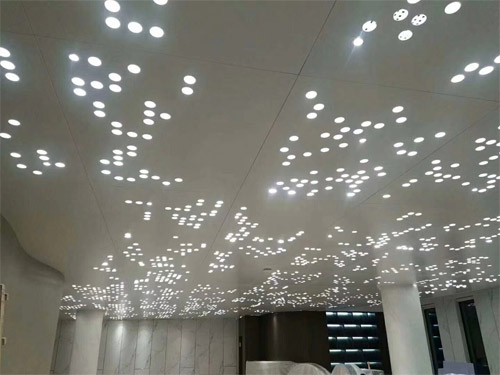
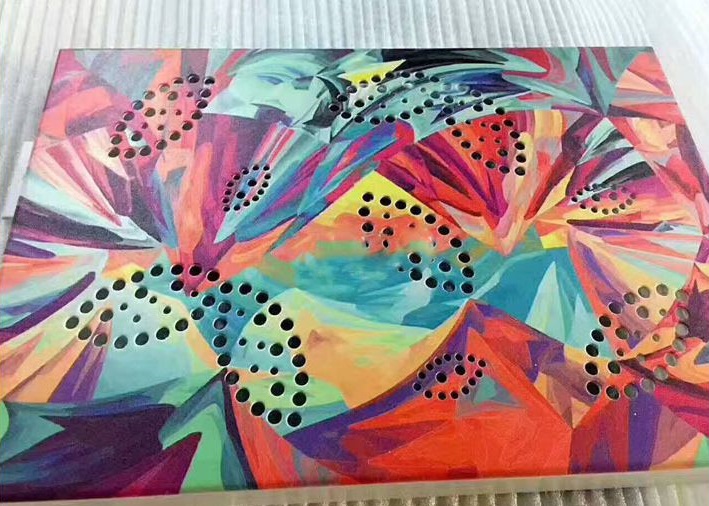
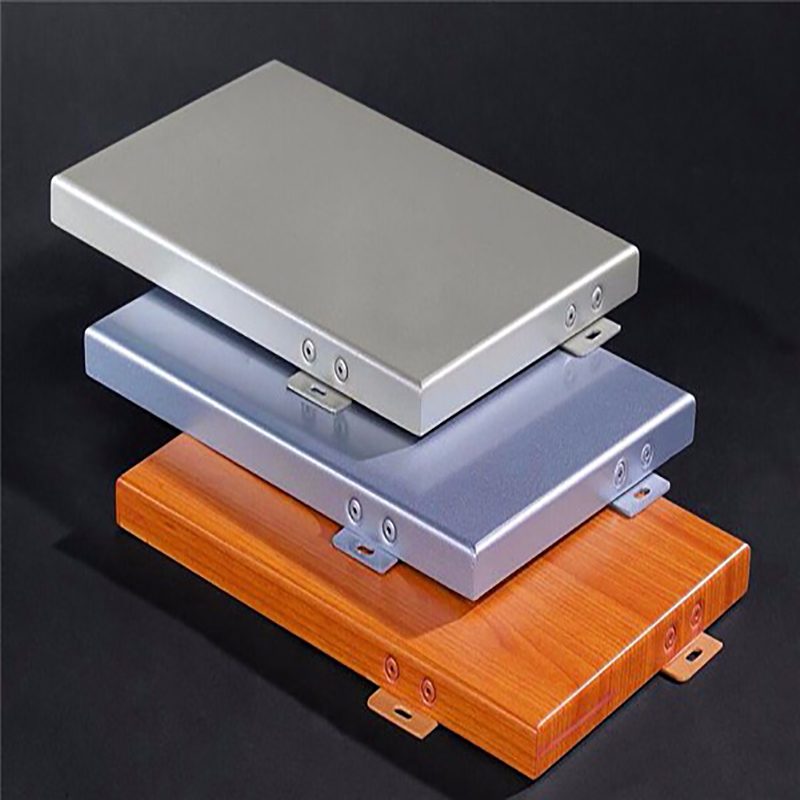
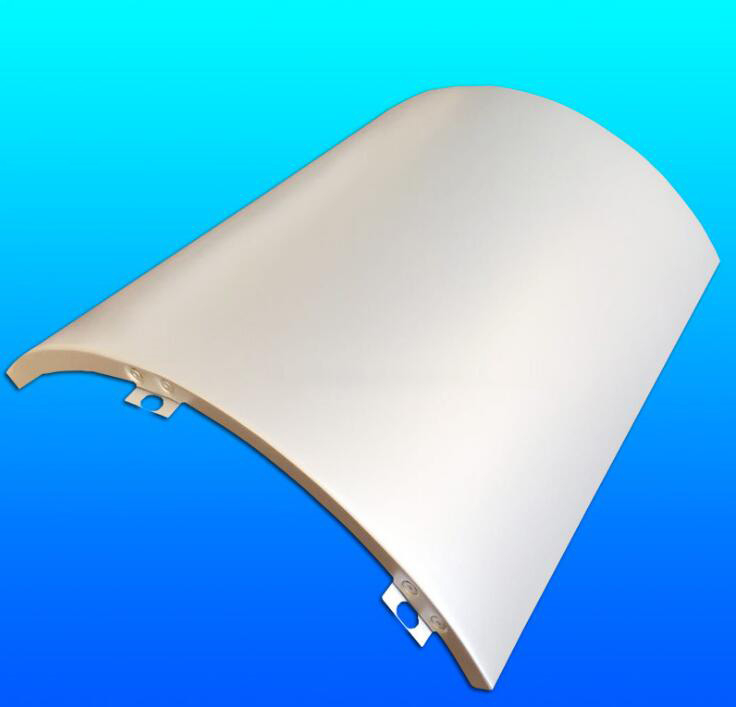
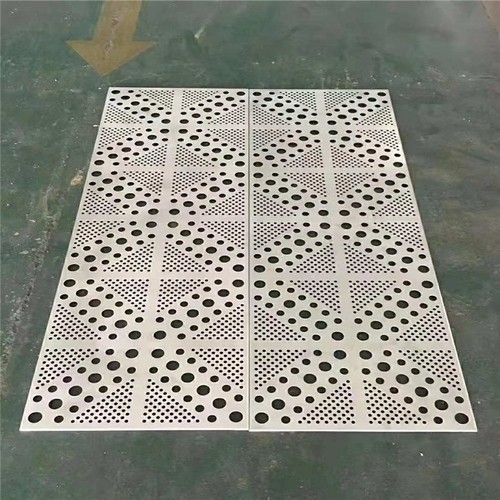
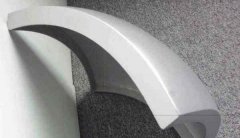
 Customer service QQ
Customer service QQ